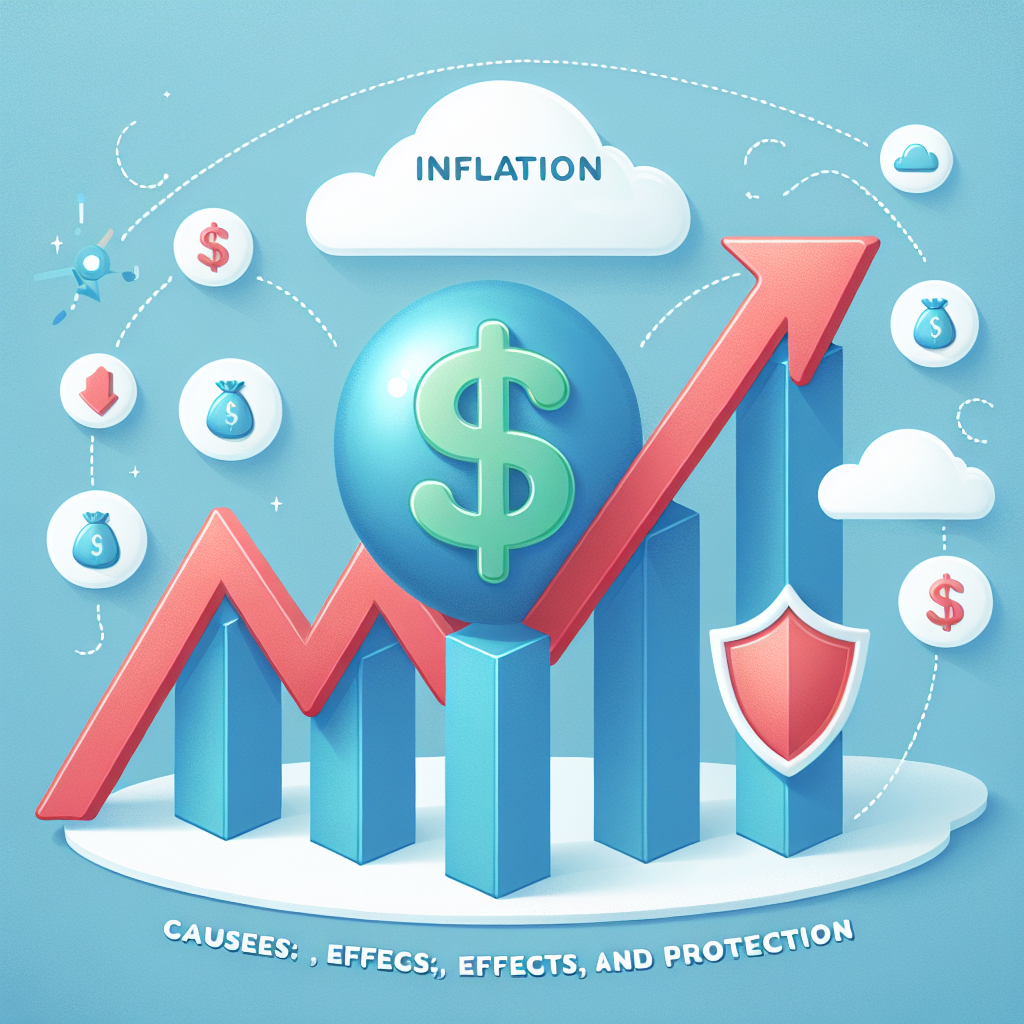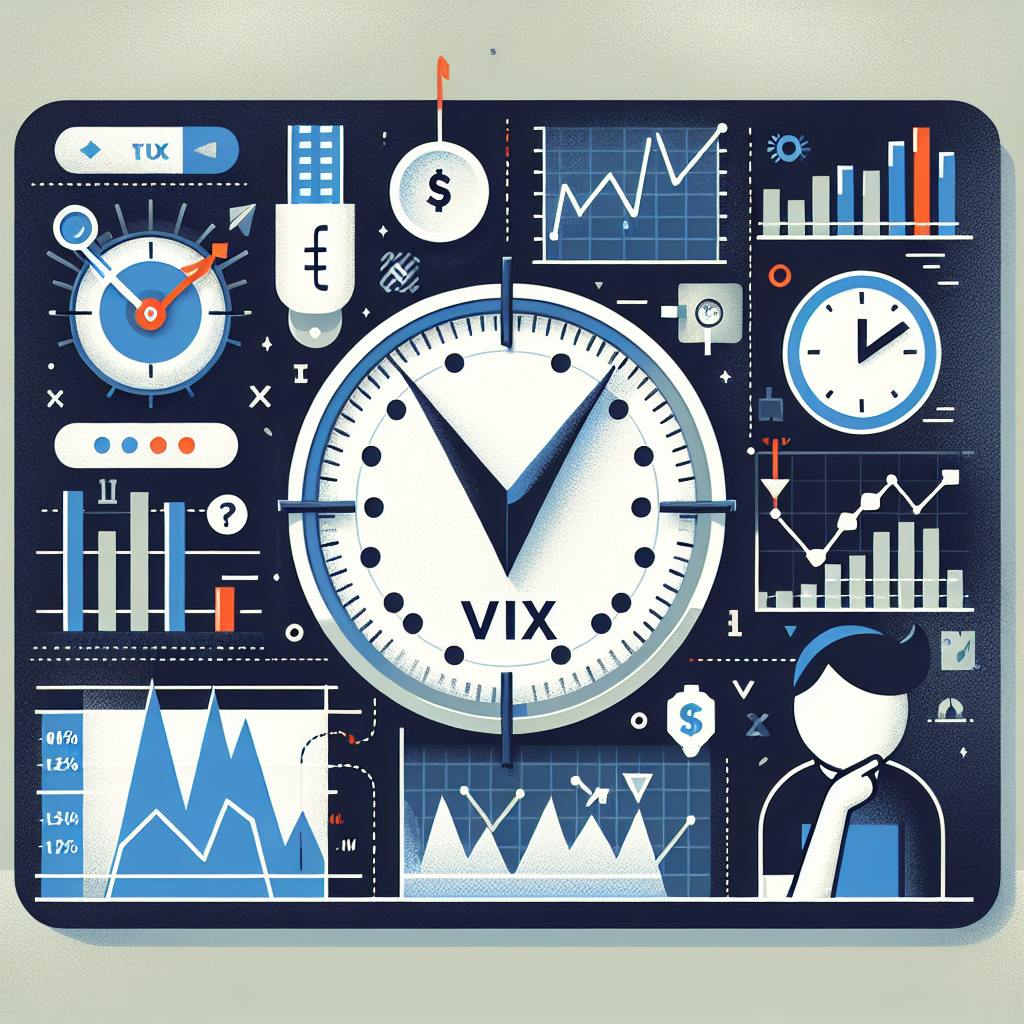
Inflation Explained: Causes, Effects, and Protection
Understanding Inflation: Causes, Effects, and How to Protect Yourself
What is Inflation?
Types of Inflation
- Demand-Pull Inflation: Occurs when aggregate demand in the economy exceeds aggregate supply, pushing prices up. This is common during periods of economic growth when consumer spending and investment are high.
- Cost-Push Inflation: Happens when the costs of production increase—such as rising wages or raw materials—and businesses pass those costs onto consumers through higher prices.
- Built-In Inflation (Wage-Price Spiral): Reflects the expectation that prices will continue to increase, leading workers to demand higher wages, which in turn increases production costs and prices further.
Causes of Inflation
1. Excessive Money Supply
2. Demand Outpacing Supply
3. Rising Costs of Production
4. Expectations of Future Inflation
Effects of Inflation
1. Erosion of Purchasing Power
2. Impact on Savings and Investments
3. Cost of Borrowing
4. Wage-Price Spiral
5. Distributional Effects
The Broader Economic Impact
How Central Banks Control Inflation
- Adjusting Interest Rates: Raising interest rates makes borrowing more expensive, reducing demand and slowing inflation. Conversely, lowering rates can stimulate the economy but may risk higher inflation.
- Open Market Operations: Buying or selling government securities to influence money supply.
- Reserve Requirements: Changing the amount of funds banks must hold in reserve, affecting their capacity to lend.
Protecting Yourself From Inflation
1. Invest in Assets That Outpace Inflation
- Stocks: Equities generally provide returns that exceed inflation over the long term, especially for dividend-paying stocks.
- Real Estate: Property values and rental income often rise with or faster than inflation.
- Inflation-Protected Securities: Bonds like Treasury Inflation-Protected Securities (TIPS) are specifically designed to adjust with inflation.


